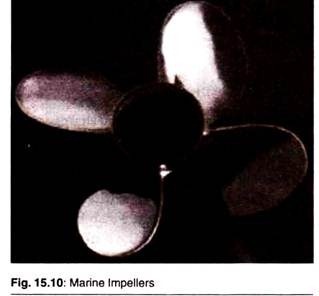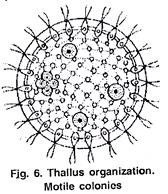The below mentioned article provides a note on Mendelian laws in the light of modern genetics.
Segregation:
In the F1 generation of Mendel’s monohybrid cross, the plants are heterozygous and their genetic composition is Tt. The phenotype is tall and shows no visible indication of the presence of the gene t, though it is present in the genotype. The two alleles do not fuse, blend or interact with each other and, according to Mendel, segregate during gamete formation.
After gametogenesis half of the gametes become equipped with T and the other half with t. That is the percentage is 50:50. If it is considered that there occurs a random combination of gametes in fertilisation and that all the plants grown from the seeds are viable, it will be seen that each combination in TT, Tt, Tt and tt will give rise to approximately one-fourth of the progeny.
The homozygous TT plants have only the allele for tallness and will be phenotypically tall. Tt plants have an allele for tallness and an allele for dwarfness. But as T is dominant over t, the phenotypic expression of the plants will be tall. The tt plants likewise have only the alleles for dwarfness and will be phenotypically dwarf.
Thus three quarters of the plants will be phenotypically tall and one quarter of the plants will be phenotypically dwarf. Or in other words, tall plants and dwarf plants will appear in the ratio 3:1. Thus the phenotypic ratio becomes 3: 1.
But the account of the genotypic ratio is one quarter homozygous tall, two quarters heterozygous tall and one quarter homozygous dwarf. That is the genotypic ratio for TT, Tt and tt will be 25: 50: 25.
Independent assortment:
If the gene for round seed be represented by R, wrinkled seed by r, yellow seeds by Y and green seeds by y, Mendel’s yellow-round seeds parents will have genes RRYY and the green and wrinkled parents will have rryy.
The gametes will obviously be RY and ry respectively. The genotype of the F1 hybrid zygote will be Rr Yy. Each of the gametes produced by the F1 zygote will have four kinds of gametes (RY, Ry, rY and ry). Now if the gametes from the F1 generation are crossed, there will be sixteen possible combinations since there are four kinds of pollen grains and four kinds of egg cells.
A record of the combinations will show a ratio of 9: 3: 3: 1. Nine out of these sixteen combinations will be round and yellow in appearance. Three are round and green, three are yellow and wrinkled and only one is wrinkled and green. (Vide Figs. 2.4 and 2.5).

